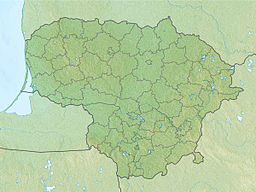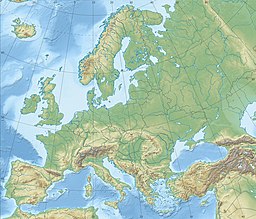Curonian Lagoon
Freshwater lagoon separated from the Baltic Sea by the Curonian Spit From Wikipedia, the free encyclopedia
The Curonian Lagoon (or Bay, Gulf; Prussian: Kursjanmari, Lithuanian: Kuršių marios, Russian: Куршский залив) is a freshwater lagoon separated from the Baltic Sea by the Curonian Spit. Its surface area is 1,619 square kilometers (625 sq mi).[1] The Neman River (Lithuanian: Nemunas) supplies about 90% of its inflows; its watershed consists of about 100,450 square kilometres in Lithuania and Russia's Kaliningrad Oblast.[2]
| Curonian Lagoon | |
|---|---|
| |
 Map of the Curonian Spit and Lagoon | |
| Location | Lithuania, Russia |
| Coordinates | 55°05′34″N 20°54′59″E |
| Type | Lagoon |
| Primary inflows | Neman |
| Max. length | 98 km (61 mi) |
| Max. width | 46 km (29 mi) |
| Surface area | 1,619 km2 (625 sq mi) |
| Average depth | 3.8 m (12 ft) |
| Max. depth | 5.8 m (19 ft) |
Human history
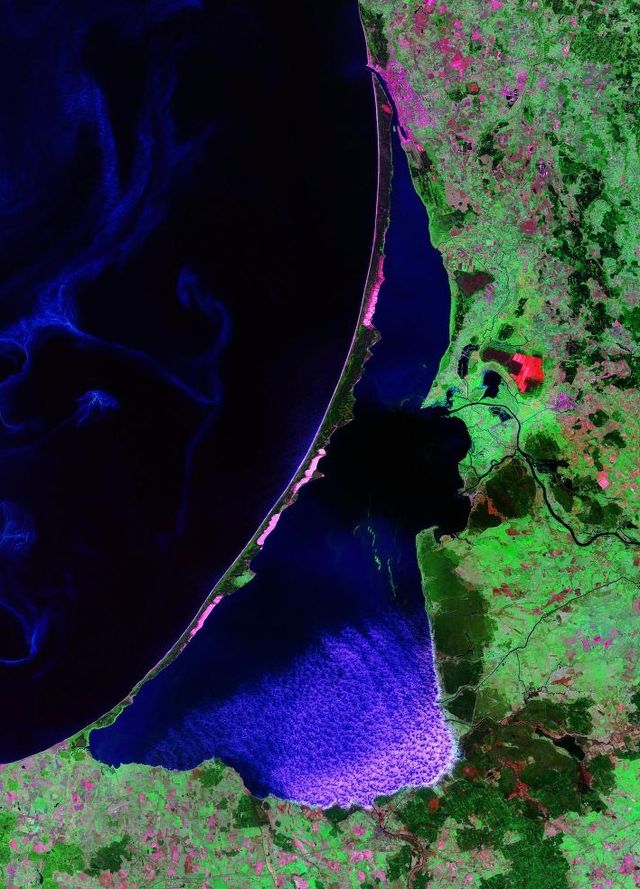
In the 13th century, the area around the lagoon was part of the ancestral lands of the Curonians and Old Prussians. Later it bordered the historical region of Lithuania Minor. At the northern end of the Spit, the Klaipėda Strait connects the lagoon to the Baltic Sea, and the place was chosen by the Teutonic Knights in 1252 to found Memelburg Castle and the city of Klaipėda. In 1454, King Casimir IV Jagiellon incorporated the region to the Kingdom of Poland upon the request of the anti-Teutonic Prussian Confederation.[3] Following the peace treaty of 1466, the lagoon became a part of Poland as a fief held by the Teutonic Knights,[4] and thus located within the Polish–Lithuanian union, later elevated to the Polish–Lithuanian Commonwealth. From the 18th century, it formed part of the Kingdom of Prussia, and from 1871 also Germany. After 1923, the Klaipėda Region in the north passed to Lithuania (occupied by Germany in 1939–45), whereas the remainder fell to the Soviet Union following World War II.
As the new interwar border, the river that flows into the Curonian Lagoon near Rusnė was chosen. The river's lower 120 km in Germany were called die Memel by Germans, while the upper part located in Lithuania was known as Nemunas River. The border also separated the peninsula near the small holiday resort of Nida, Lithuania. From 1939 to 1945, the Lithuanian part was occupied by Germany, and the southern part of the Spit and the Lagoon remained in Germany until 1945.
This border is now the border between Lithuania and Russia, as after World War II, the southern end of the Spit and the German area south of the river became part an exclave of Russia called Kaliningrad Oblast.
The nearly extinct ethnic group the Kursenieki lived in the surrounding area.
Natural history and ecology
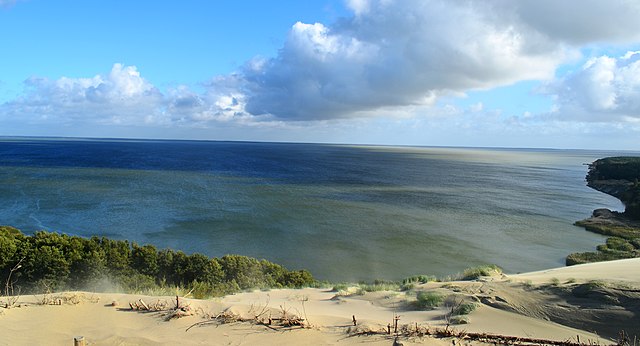
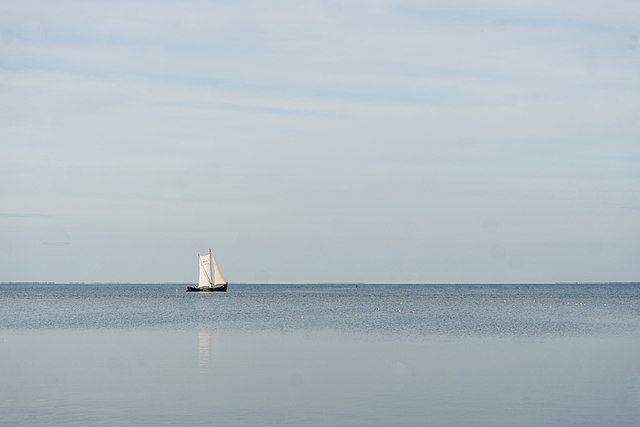
The Lagoon, formed about 7,000 years BCE, is a freshwater lagoon.[5] Water depths average 3.8 metres (12 ft).[6] It is highly biodiverse, although troubled by water pollution.[5] The presence of algal blooms was confirmed in the 2000s.[6]
See also
References
External links
Wikiwand in your browser!
Seamless Wikipedia browsing. On steroids.
Every time you click a link to Wikipedia, Wiktionary or Wikiquote in your browser's search results, it will show the modern Wikiwand interface.
Wikiwand extension is a five stars, simple, with minimum permission required to keep your browsing private, safe and transparent.

